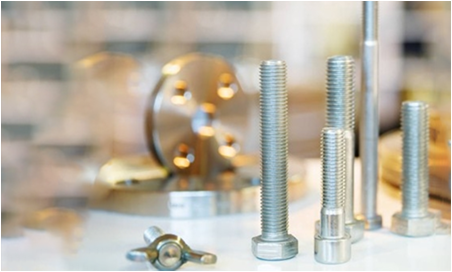Říj . 16, 2024 23:58 Back to list
wall plug bolt
Understanding Wall Plug Bolts An Essential Guide
Wall plug bolts, often referred to as expansion bolts or wall anchors, are vital components in construction and DIY projects. They provide a secure fastening method for attaching items to walls, ceilings, or floors, particularly in materials like concrete, brick, or plasterboard. Understanding their function, types, and installation process can significantly enhance the integrity and durability of any project.
What are Wall Plug Bolts?
Wall plug bolts consist of a bolt and a plug that expands when the bolt is tightened. This design allows them to grip the surrounding material securely, preventing the bolt from loosening over time. They are particularly useful for hanging shelves, cabinets, or heavy frames where traditional screws may not suffice.
Types of Wall Plug Bolts
There are various types of wall plug bolts, each designed for specific applications
1. Plastic Anchors These are the most common type of wall plug and are suitable for lightweight loads. They are easy to install and work well in drywall and plaster.
2. Metal Anchors Designed for heavier loads, metal anchors provide greater strength and stability. They are ideal for use in concrete or brick walls.
3. Toggle Bolts These consist of a bolt and a spring-loaded toggle that opens inside a hollow wall. They are excellent for hanging heavy items on drywall and can support more weight than standard plastic anchors.
4. Sleeve Anchors Used primarily in concrete applications, sleeve anchors expand when the bolt is tightened, providing a solid hold in masonry or concrete.
wall plug bolt

Installation Process
Installing wall plug bolts is relatively straightforward but requires some care to ensure proper placement and load-bearing capacity. Here’s a step-by-step guide
1. Choose the Right Type Determine the weight of the item you wish to hang and select the appropriate wall plug bolt type.
2. Mark the Spot Use a level to mark where you want the item to be installed. Ensure the markings are straight and aligned.
3. Drill a Hole Using a drill, create a hole in the wall that matches the size of your wall plug. Be cautious to drill straight and at the right depth.
4. Insert the Wall Plug Push the wall plug into the hole until it is flush with the wall surface. If using a metal anchor, follow the specific instructions for expansion.
5. Attach the Bolt Insert the bolt through the item you're hanging and screw it into the wall plug. Tighten it securely, making sure not to overtighten, which could damage the plug or the wall.
Conclusion
Wall plug bolts are a flexible and practical solution for fastening objects to various surfaces. When chosen and installed correctly, they can greatly enhance the strength of your installations, ensuring safety and durability. Whether you're a seasoned builder or a DIY enthusiast, understanding the nuances of wall plug bolts will serve you well in achieving a robust and reliable construction. Always remember, the key to effective use lies in selecting the right type for your specific project and executing the installation properly. By following these guidelines, you can ensure that your fixtures will remain secure for years to come.


